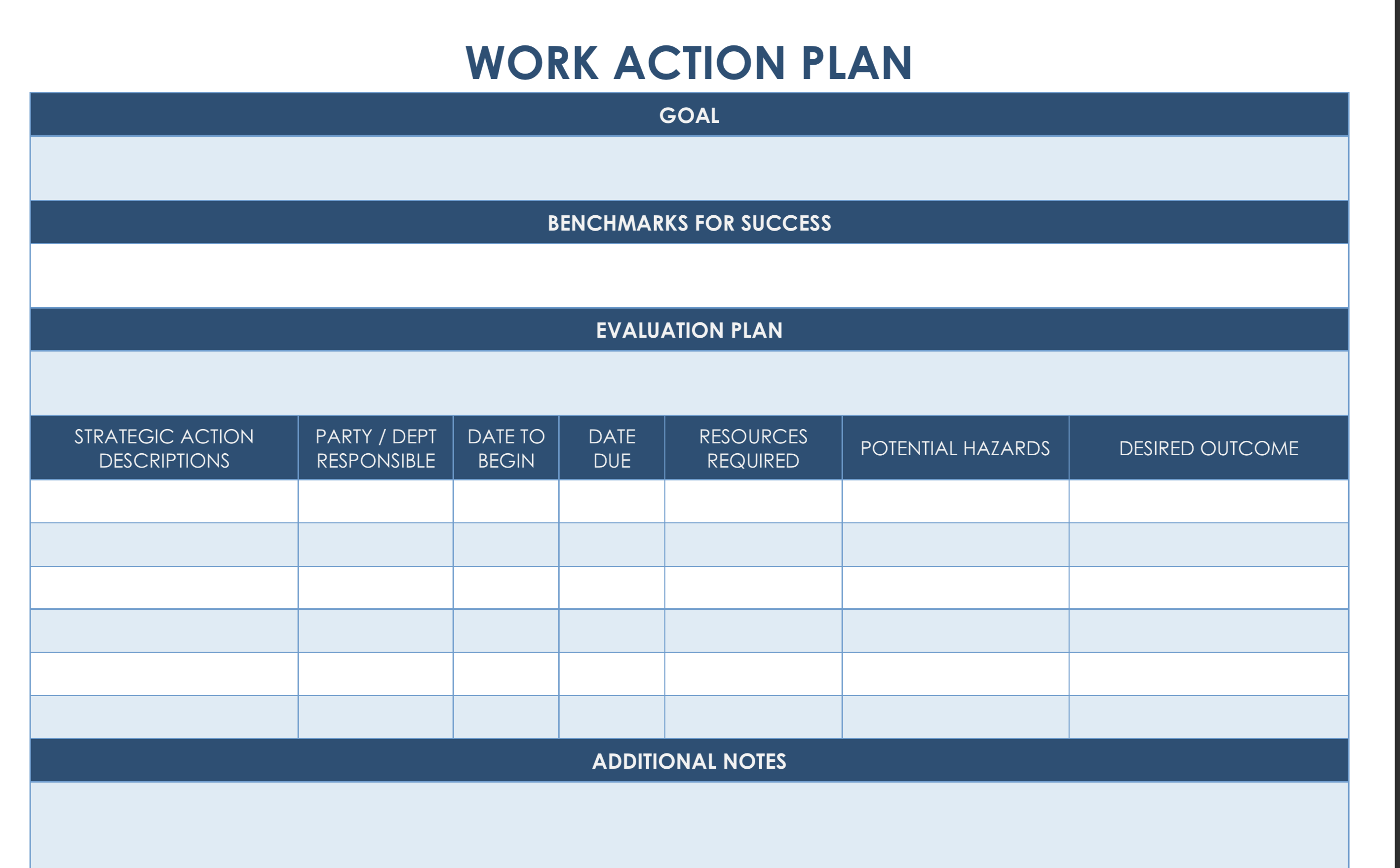
Effective management is crucial for the success of any organization. Without a well-defined plan and clear goals, it’s easy for a company to drift aimlessly and struggle to achieve its objectives. A management action plan provides a roadmap for managers to follow, outlining the actions and strategies necessary to achieve specific goals and objectives.
In this article, we will explore the key components of a management action plan and provide a step-by-step guide on how to create one.
What is a Management Action Plan?
A management action plan is a document that outlines the steps and strategies a manager or team will take to achieve specific goals and objectives. It serves as a roadmap, providing clarity and direction for the team, and ensures that everyone is on the same page. A well-designed management action plan helps to align the efforts of individuals towards a common goal, improves communication and coordination, and enhances overall productivity.
Creating a management action plan involves several key steps, including setting clear objectives, identifying the necessary tasks and resources, assigning responsibilities, and establishing a timeline for completion. Let’s dive deeper into each of these steps:
1. Setting Clear Objectives
The first step in creating a management action plan is to set clear objectives. Objectives should be specific, measurable, attainable, relevant, and time-bound (SMART). By setting clear objectives, you provide your team with a clear direction and purpose. Without clear objectives, it’s difficult to measure progress and determine whether the actions taken are effective.
Some questions to consider when setting objectives include:
- What do we want to achieve?
- Why is this objective important?
- How will we measure success?
- What is the timeline for achieving this objective?
By answering these questions, you can ensure that your objectives are aligned with the overall goals of the organization and are achievable within the given timeframe.
2. Identifying Tasks and Resources
Once you have set clear objectives, the next step is to identify the tasks and resources required to achieve those objectives. Break down the objectives into smaller, actionable tasks that can be assigned to specific team members. Consider what resources, such as equipment, technology, or additional staff, may be needed to complete these tasks successfully.
It’s important to involve your team in this process and gather their input. They may have valuable insights and suggestions that can help streamline the action plan and ensure that all necessary tasks and resources are identified.
3. Assigning Responsibilities
Assigning responsibilities is a critical step in the management action plan process. Clearly define who is responsible for each task and ensure that there is no ambiguity. When assigning responsibilities, consider each team member’s strengths, skills, and experience to ensure that the right person is assigned to the right task. This will help maximize efficiency and productivity.
It’s also important to establish clear lines of communication and accountability. Regularly check in with team members to monitor progress and provide support when needed. Encourage open communication and create a supportive environment where team members feel comfortable asking for help or raising concerns.
4. Establishing a Timeline
A management action plan should include a timeline for completing each task and achieving the objectives. Establishing a timeline helps keep everyone accountable and ensures that the plan stays on track. Break down the tasks into smaller milestones and assign deadlines for each milestone. This will help you track progress and identify any potential delays or bottlenecks.
Be realistic when setting deadlines and consider any potential obstacles or challenges that may arise. Allow some flexibility in the timeline to account for unexpected issues or changes in priorities.
5. Monitoring and Evaluating Progress
Once the management action plan is in motion, it’s crucial to regularly monitor and evaluate progress. This allows you to identify any issues or areas that may require adjustment. Schedule regular check-ins with your team to review progress, address any challenges, and provide feedback.
Monitoring progress can be done through various methods, such as regular meetings, progress reports, or project management software. Use these tools to track milestones, measure performance, and make any necessary adjustments to ensure that the plan stays on track.
6. Adjusting and Improving
A management action plan is not set in stone. It’s important to remain flexible and open to adjustments and improvements along the way. As you monitor progress and gather feedback, be willing to make changes to the plan if necessary.
Consider the following questions when evaluating the effectiveness of the plan:
- Are we on track to achieve our objectives?
- Are there any tasks or milestones that need to be adjusted?
- Are there any additional resources or support needed?
- Are there any lessons learned that can be applied to plans?
By regularly evaluating and adjusting the management action plan, you can ensure that it remains effective and aligned with the evolving needs of the organization.
7. Celebrating Achievements
Finally, don’t forget to celebrate achievements along the way. Recognize and reward your team for their hard work and dedication. Celebrating achievements not only boosts morale and motivation but also reinforces the importance of the management action plan and its impact on the organization’s success.
Conclusion
A well-designed management action plan is essential for achieving organizational goals and objectives. By following the steps outlined in this guide, you can create a clear and effective plan that provides direction, improves communication, and enhances overall productivity. Remember to regularly monitor progress, evaluate effectiveness, and make adjustments as needed. With a solid management action plan in place, you can lead your team towards success.
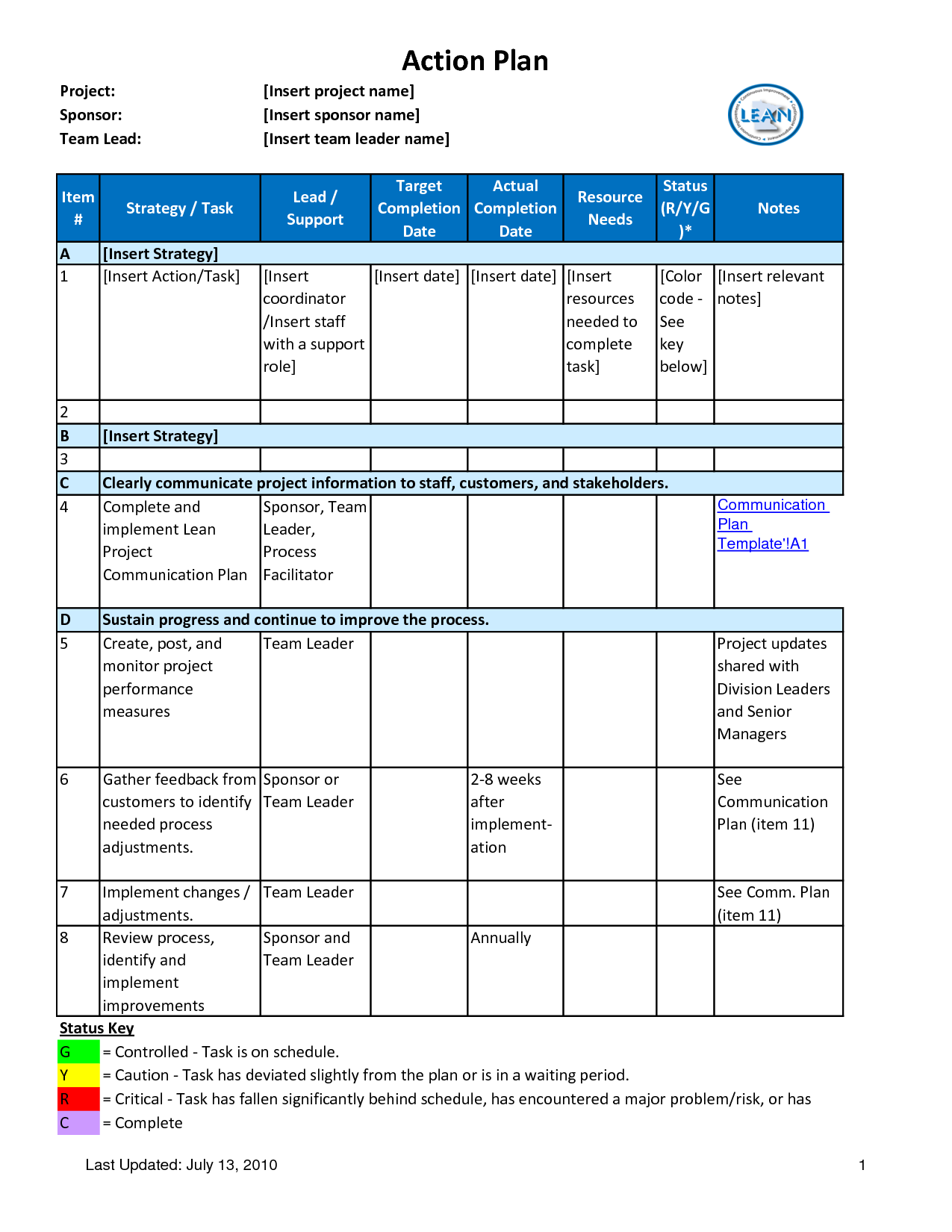
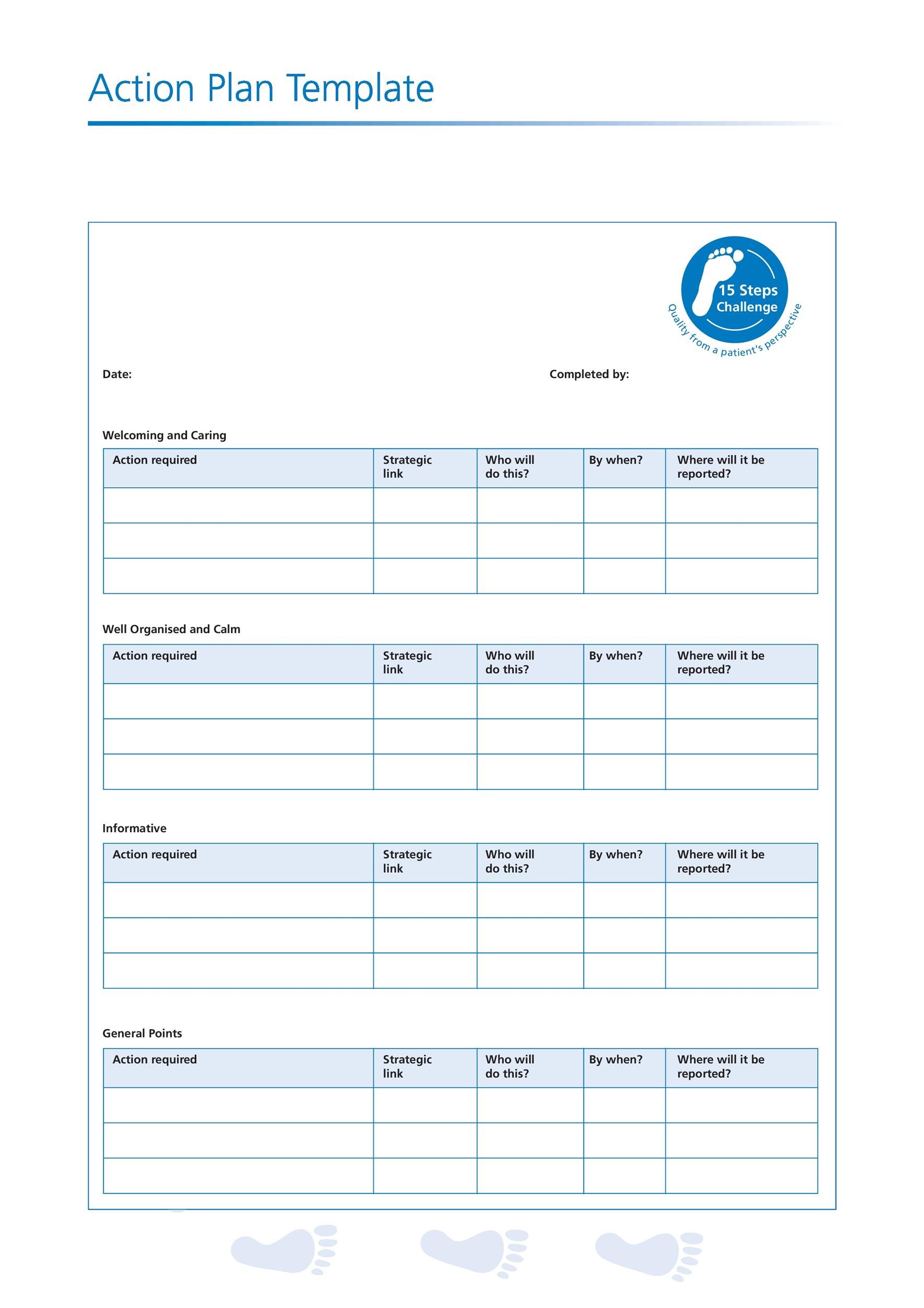
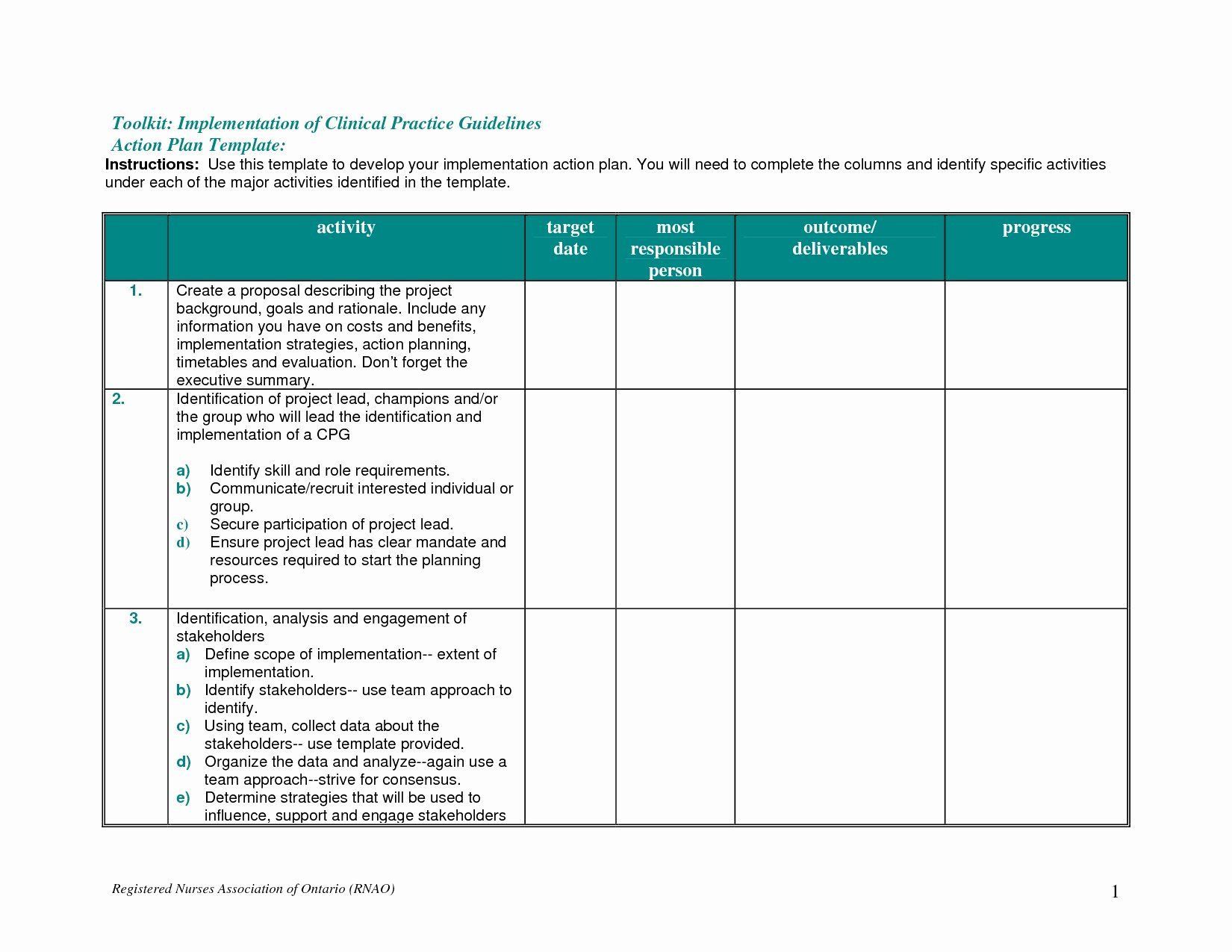
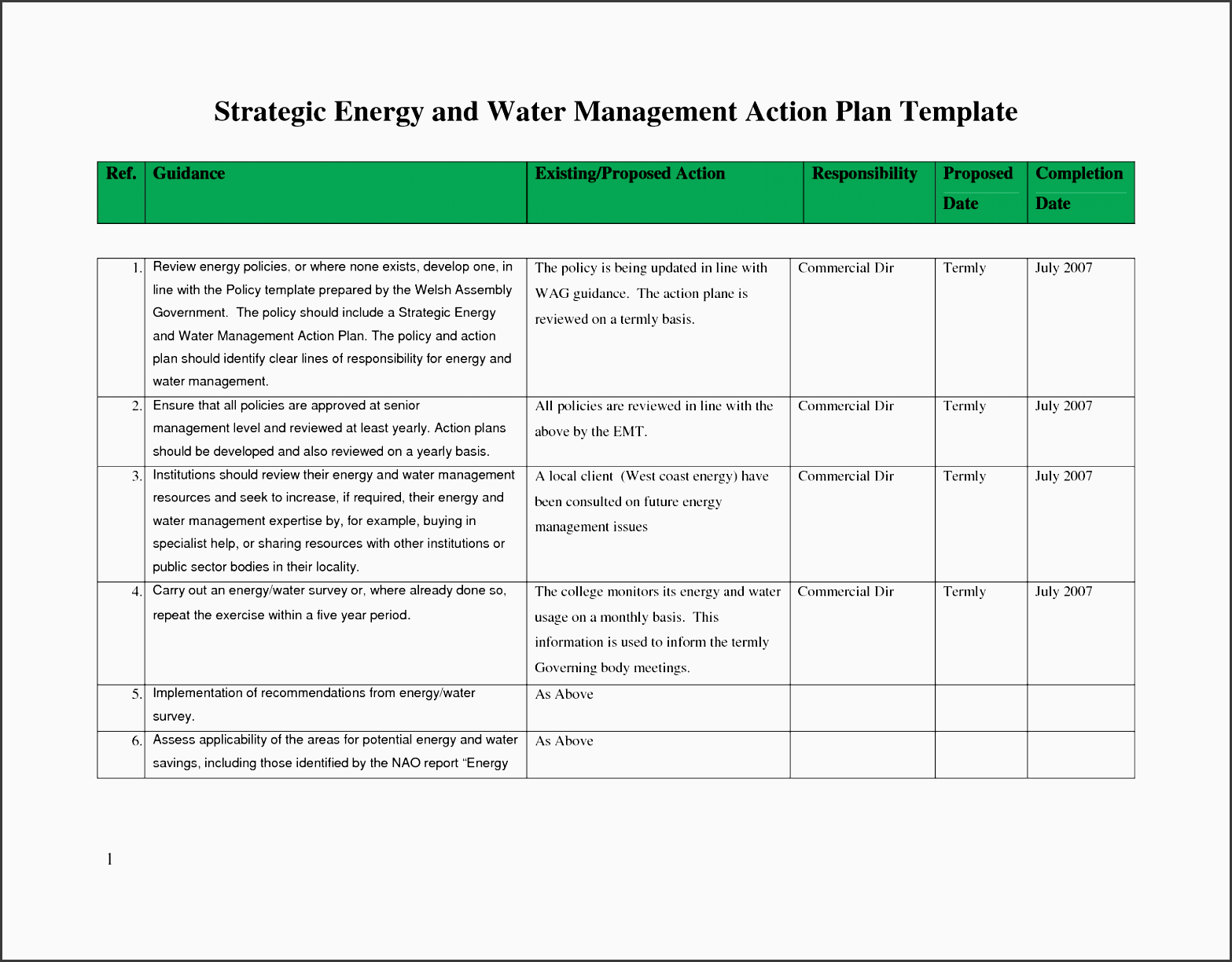
By following the steps outlined in this guide, the software development company can create a management action plan that outlines specific tasks, assigns responsibilities, establishes a timeline, and sets clear objectives. This plan will help them improve customer satisfaction and achieve their goals.
Management Action Plan Template Word – Download